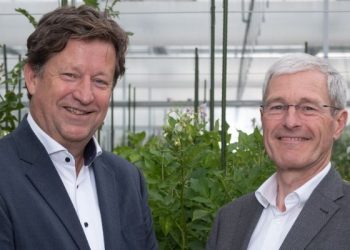Instead of chemical additives this year, science is using river algae as fertilizer.
For twenty years of work, scientists of the institute have developed and patented three varieties of potatoes – “Kolymsky”, “Zoya” and “Arktika”. Now two more are on the way – “Magadansky” and “Northern Watercolor”, but only in the form of samples, it will take several more years before the tubers receive the status of a variety. Scientists assure that the potatoes bred by them are distinguished by high yield, cold resistance and resistance to viruses, MagadanMedia reports with reference to Vesti Magadan.
The variety “Kolymsky” was bred by scientists for twelve years, it is oblong in shape, yellow in color, so the people called this variety “banana”. It is characterized by high yield and high starch content, from one bush you can collect up to 15 such large potatoes.
Maria Weiner goes to school, she decided to devote her summer holidays to science. It helps in the cultivation of river algae – chlorella, which this year scientists decided to use as a fertilizer for the root crop and the prevention of plant diseases. The experiment will show whether it is possible to do without chemical additives. The substance is produced in the institute’s laboratory. A sample of chlorella was brought from the Nurek reservoir in Tajikistan.
Scientists recommend planting tubers before June 1, delay for each day leads to crop loss. At the same time, the temperature of the soil should warm up to plus three degrees.
In autumn, the harvested crop of three varieties “Kolymsky”, “Zoya” and “Arktika” is planned to be transferred to Kolyma farmers for seedlings with a total volume of eighteen and a half tons.








